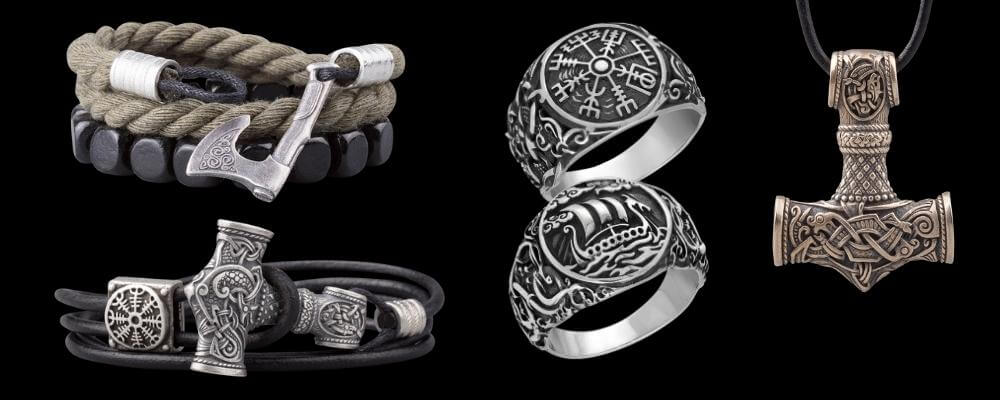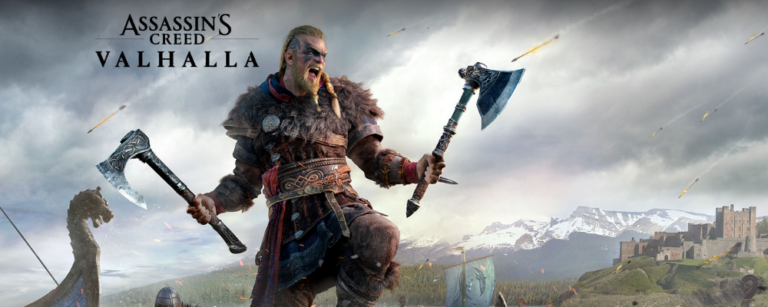Reading time : 5 minutes
There is no question that we are excited about the new Assassin’s Creed: Valhalla game from Ubisoft, which brings together two things that we love the most: kicking butt in fantasy worlds and all things Viking!
But the inevitable question is: how historically accurate is the world of the Vikings presented in the game?
The game’s creators have said that they spent a lot of time researching the period in order to create a world that is realistic, though naturally, some concessions have to be made for the storyline and gameplay.
This is no different to popular TV series such as Vikings, which strive to create a realistic world based on fact, but need to take some license to create a show that modern audiences find entertaining and engaging.
So, let’s have a look at where Assassin’s Creed: Valhalla gets it right, and where we need to accept some creativity for the sake of good gameplay.
The 9th Century AD
The action in Assassin’s Creed: Valhalla is set in the 9th century AD, with the protagonist Eivor being a Norwegian Viking who heads to Britain in search of new land and new resources.
This general setting is appropriate for the period. The superior ship technology of the Viking in these years meant that they were sailing to nearby territories in order to make their fortune.
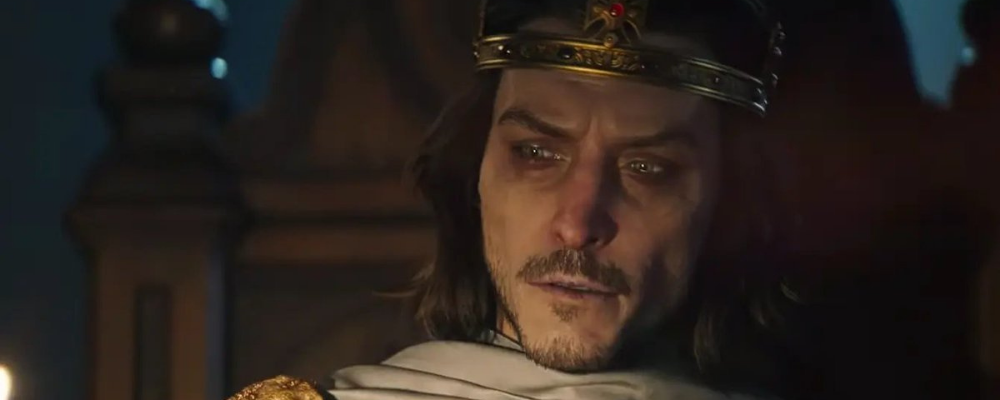
This meant raiding and stealing precious objects and slaves, but farmable land was also precious, and the Vikings had their eyes on it.
While in Britain, Eivor and his hand come up against locals, primarily led by Alfred the Great of Wessex, and other, less honorable, Vikings also active in Britain, mostly sons of Ragnar Lothbrok.
These interactions and characters are also historically accurate The Great Heathen Army, led by the sons of Ragnar Lothbrok, invaded England in 865 and aimed to occupy and conquer all four of the island’s kingdoms including East Anglia, Northumbria, Mercia, and Wessex.
Fighting continued between the Vikings and the local Anglo-Saxon groups until 878, when Alfred the Great defeated the Vikings at the Battle of Edington and then drew up a treaty with the Vikings that gave them control of large parts of Northern England.
So, Alfred the Great is also a genuine historical figure. He was the king of Wessex from 871 onwards and is largely responsible for dealing with the Viking threat. But we have written an entire post about him which you can read here.
The bit of the timeline that we aren’t happy with here is our Viking protagonist getting involved in a conflict between the Brotherhood of the Assassins and the Templar Order.
The Templars didn’t come into being until the 12th century, so they are outside of their historic timeline here.
Weapons
While there is a lot going on in this game, central to the whole thing is of course the fighting. So, would the Vikings have used the weapons that you see in the game?
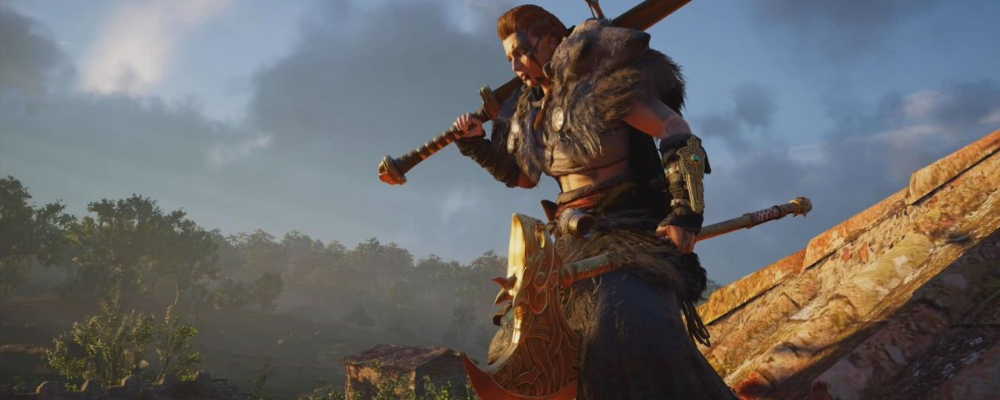
The answer is yes, the Vikings would have used pretty much all of the weapons used in the game, but they aren’t the most common weapons.
The Weapons that you would expect to see in the hand of every Viking were a round shield and a spear. Wealthier Vikings, such as Eivor, would also have carried a sword, as we see in the game.
We also see Eivor in the game with axes, and pretty much every Viking would have had an axe on his belt.
But these were not designed to be throwing axes like we see in the game. They weren’t aerodynamic and would not have hit hard or accurately after flying through the air. But the Vikings certainly would have used them as a tool in close combat.
We also see Eivor wielding a two-handed battle axe. While these weren’t a common weapon, because they were beyond the resources of most Vikings, they are known from the Viking period and were considered a deadly weapon that could cleave a man’s skull in two, helmet or no.
We also see Eivor with a bow and arrow, and this is another military technology that the Vikings used. They were a way to strike at enemies that were further away, and we know that the Vikings had metal arrowheads that were designed to pierce armor.
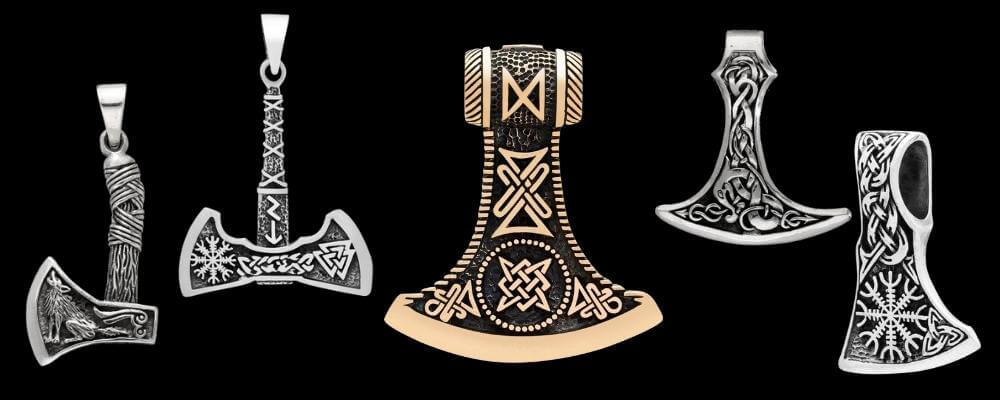
Clothes
And what about the fashions of our Vikings in the game? While fashions changed over time and throughout the Viking world, the game has done a pretty good job of showing how the Vikings would have looked.
Men and women both had long hair, which they would have tied back in battle, and men who could grow a beard did. There are many references in the sources to the lack of a beard representing a lack of manliness.
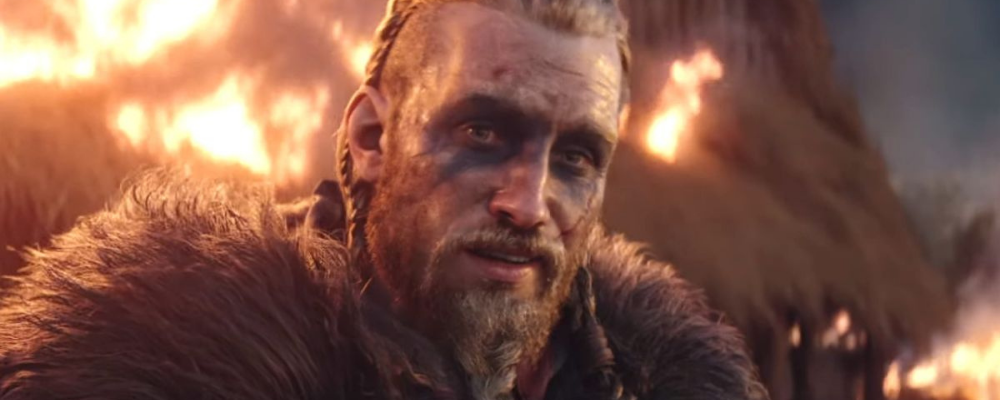
They would have worn trousers with a shirt and tunic over the top, like we see in the game. When they went into battle this would have been layered with additional leather tunics for protection. The Vikings also had chainmail, but again, this would not have been accessible to all.
Throughout we see Eivor with dramatic black paint around the eyes. There is some evidence to suggest that the Vikings wore this, as a Middle Eastern source visiting a Viking camp references this.
Beyond this, the Vikings were generally well-known for being well-groomed. An English author complains that they managed to seduce English women with their fresh smell that resulted from weekly bathing.
We also know that most Vikings carried a small comb with them to keep their hair well-groomed.
Perhaps while out raiding, the Viking warriors would have had fewer opportunities to bathe than normal, but the sources are clear that the Vikings understood the importance of personal hygiene.
Women
One of the more controversial elements of the game is that you can choose to play the protagonist Eivor as a man, a woman, or both.
There are also a number of other female warrior characters that you encounter throughout the game.
While the idea of Viking shield maidens is an important part of the Hollywood representation of Vikings, it was rare for viking women to go on raids with their men.
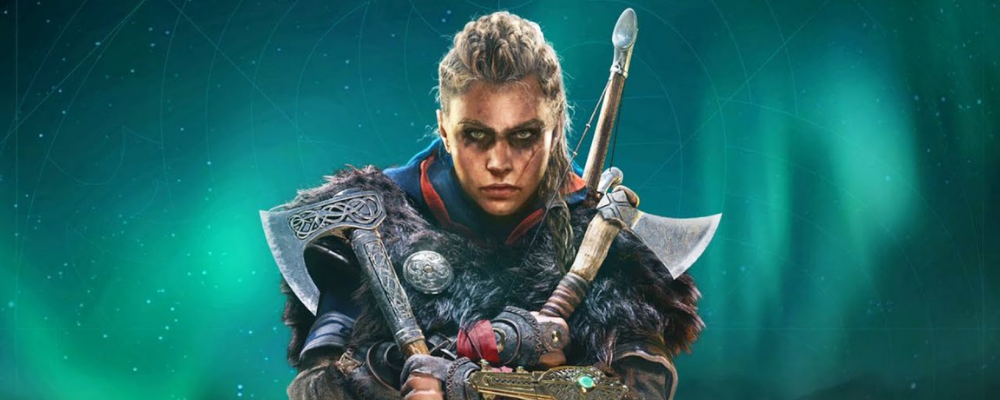
Like with most cultures in the day, women were treated much like possessions, passed from their father to their husband in a beneficial trade. They were then required to have babies and keep the family home.
This doesn’t mean that they wouldn’t have had fighting skills, but these would have been used to defend the home while their men were away.
Some of the surviving sagas do refer to women warriors, such as Lagertha herself and Freydis. But it is clear from the stories that these were exceptions to the rule.
And, while they were certainly viewed with reverence, there is clearly an element of fear, and they are scorned for breaking out of the traditional role of women.
So, while it is not completely impossible that Eivor could be a woman, it is highly unlikely. However, we know that updates need to be made to make the game work for a modern audience, and we think this is a good one.
What’s wrong with bringing the Vikings forward a millennium or so in the feminism game, we are sure that had our Viking sisters had the opportunity (i.e. birth control), they would have been at the front of the movement.
The Verdict
So, what’s our verdict? As with all video games, you need to suspend disbelief a little to make the whole thing work.
But, overall, we think they have done a good job. They have created a world that feels right for the Vikings, is set in a fairly accurate historical era, and is just fun to play.
Have you played Assassin’s Creed: Valhalla yet? What do you think?
